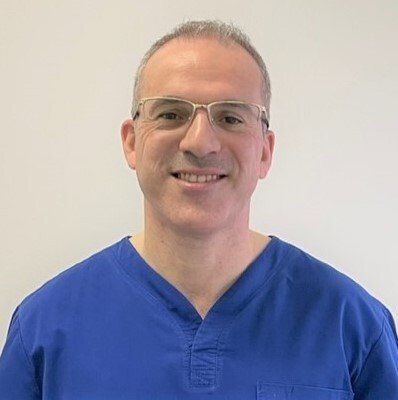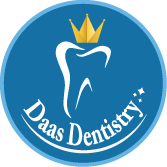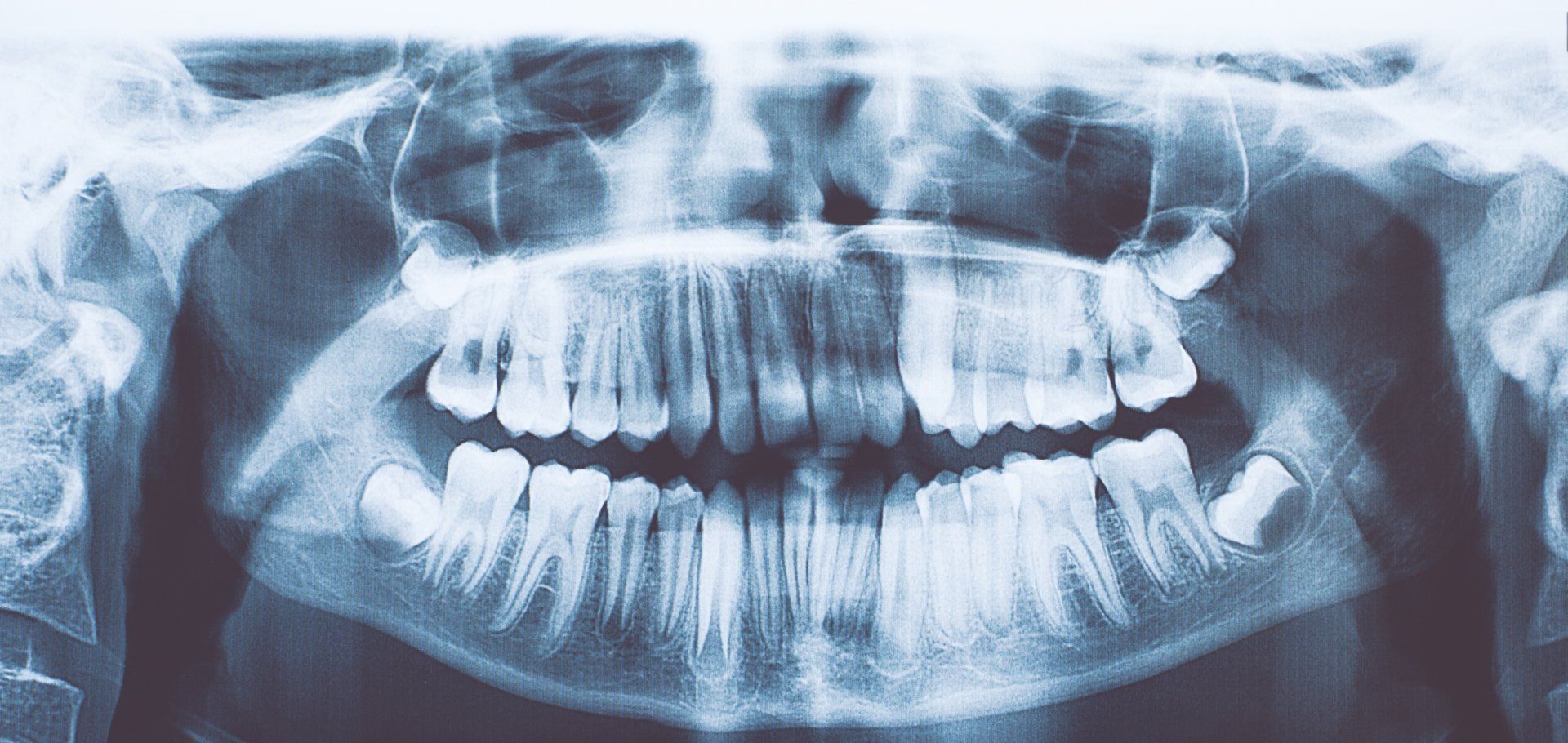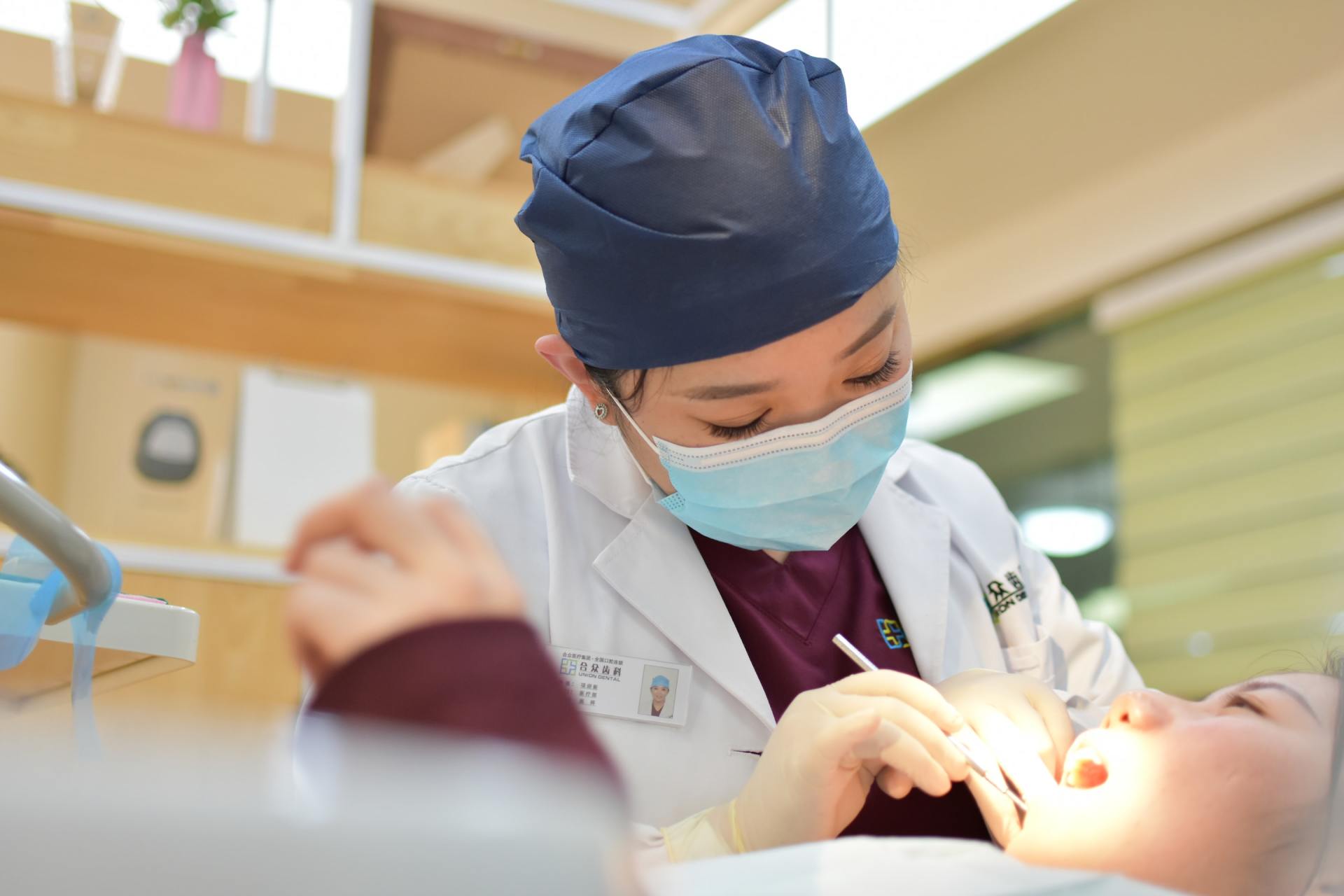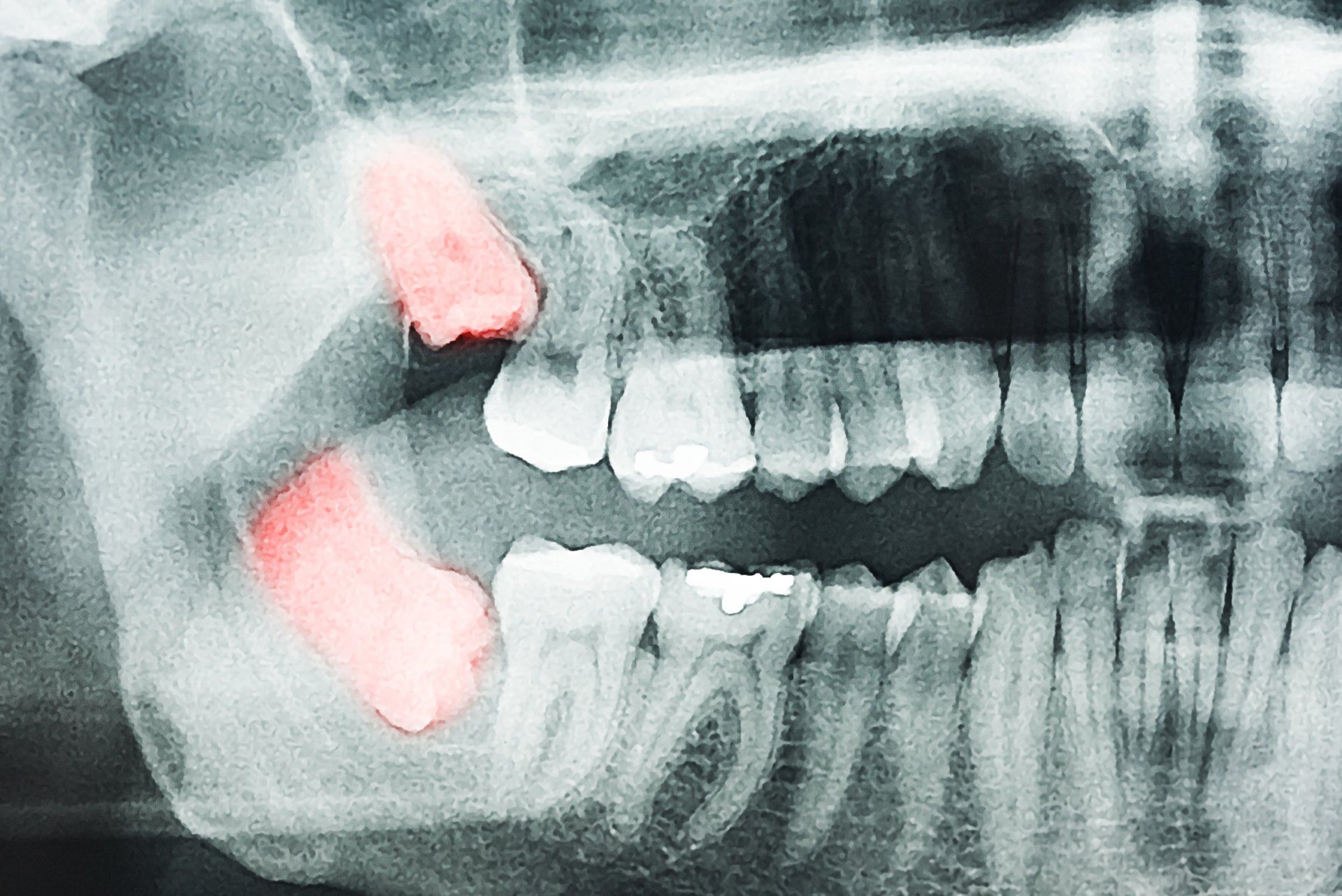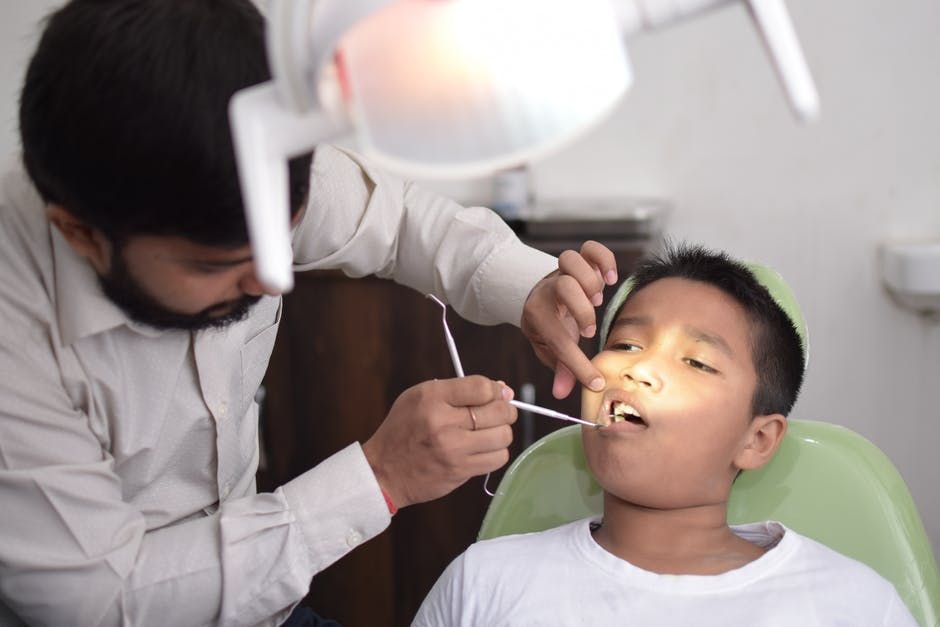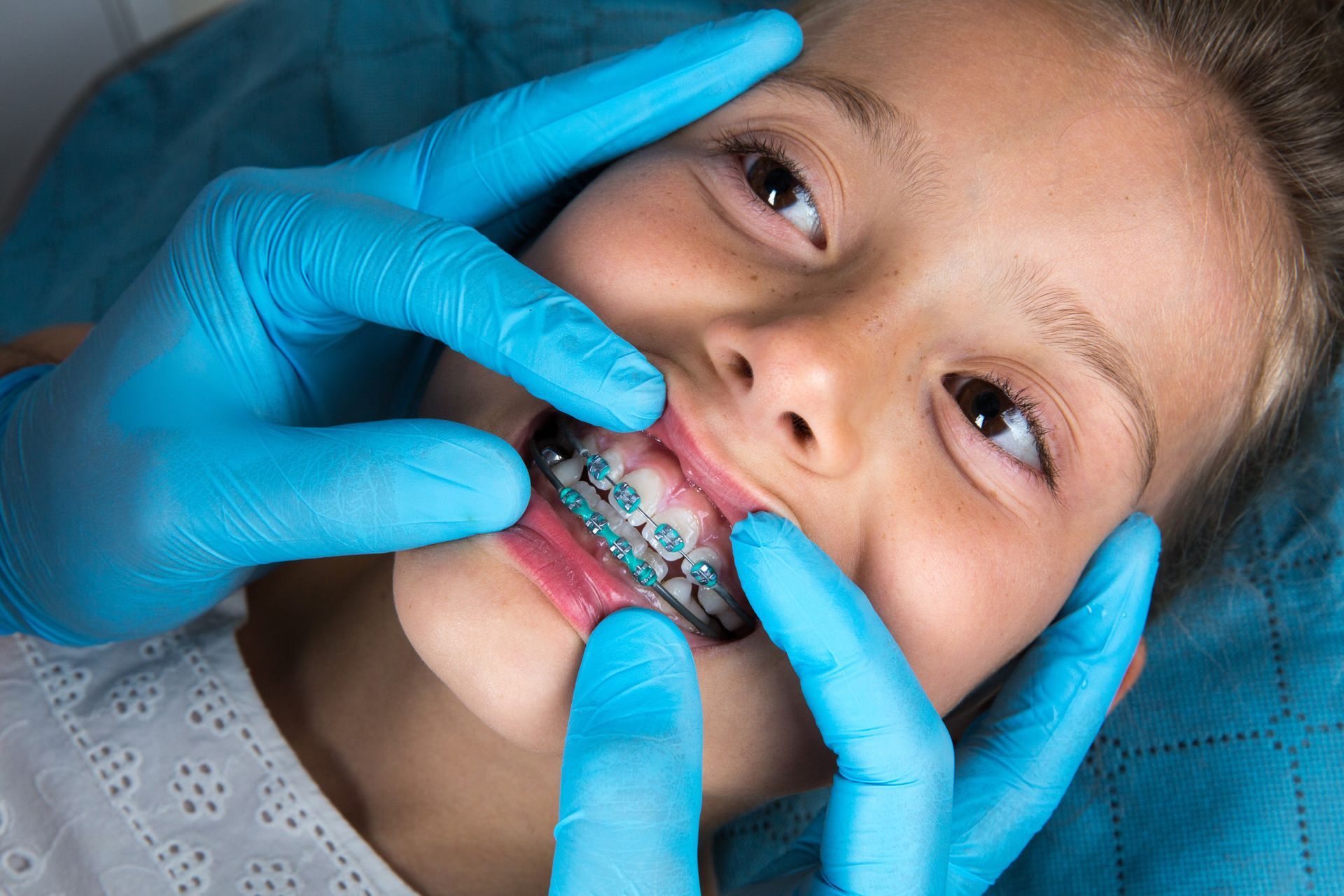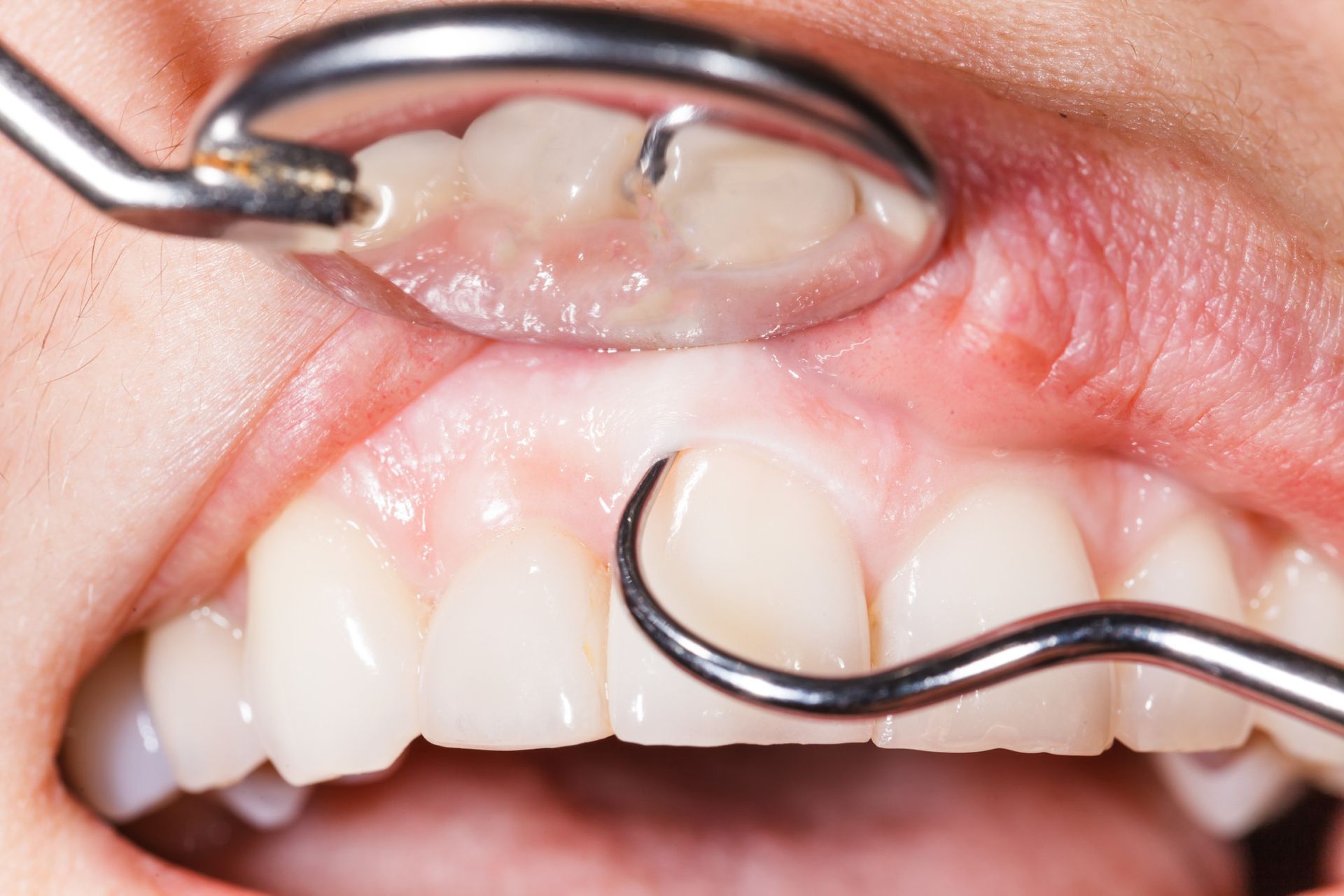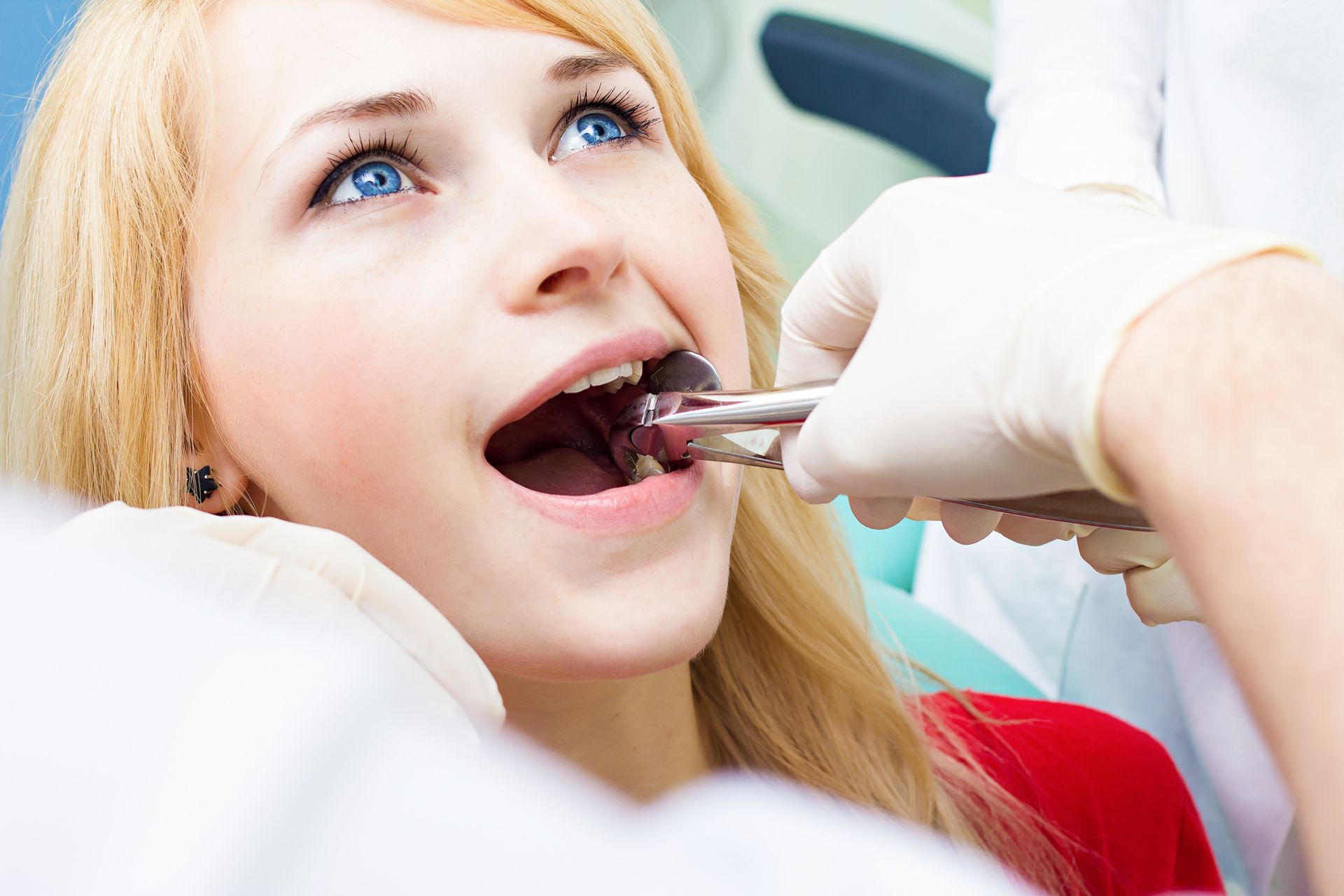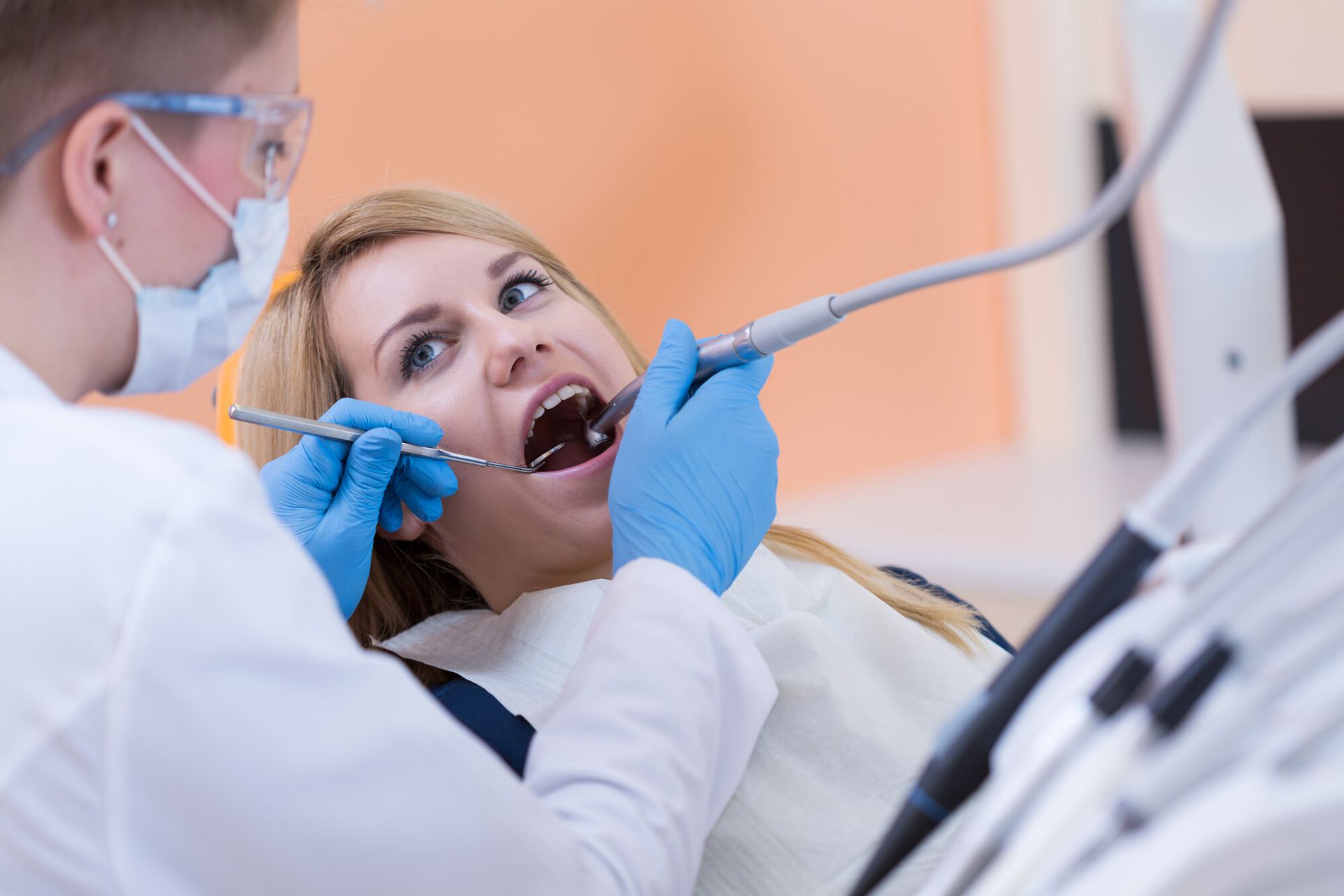The Ultimate Guide to the Different Types of Orthodontic Treatment
Metal Braces
- Self-ligating braces
- Traditional braces
- Easier cleaning
- Shorter visits to the orthodontist
- Less discomfort
Invisible Aligners
- Fewer appointments
- Virtually invisible
- Drink and eat whatever you want
- Floss and brush according to your regular schedule
- Shorter treatment time
Retainers
- Permanent Retainer:
A metal wire that's cemented to the inside of your teeth
- Hawley Retainer: A removable device that includes a metal wire around your teeth and an acrylic piece
- Essix Retainer: Clear, removable retainers made from plastic
Frequently Asked Questions About Orthodontic Treatment
What's an Orthodontist?
- Jaw misalignment
- Far apart teeth
- Crowded teeth
- Bite problems, such as an under or overbite
When Should I See an Orthodontist?
What Are the Best Ways to Take Care of My Teeth While Wearing a Retainer or Braces?
- Caramel
- Gum
- Nuts
- Ice cubes
- Corn on the cob
- Ribs
- Taffy
How Long Will I Have to Wear Braces?
The time you have to wear braces or clear aligners depends upon your teeth and goals. Every smile is different. Orthodontic treatment can take six months or a few years.
Does It Hurt to Wear Braces?
Braces don't hurt. However, you might feel discomfort for a few days when you first get your braces. You might also experience similar sensations when your orthodontist tightens your braces.
Will Braces Get in the Way of Singing, Playing an Instrument, or Spots?
Contact sports or playing a musical instrument might require a slight adjustment when you first get braces. Wearing braces won't stop you from participating in your favourite activities. For those who play contact sports, you might consider wearing a mouthguard to protect your mouth and braces.
Can I Wear an Old Retainer to Straighten My Teeth?
Many people who had braces or clear aligners as a child or teen might wonder if they could put in their old retainer to get their teeth back in alignment. If you've been on top of wearing your retainer and your teeth have only moved a little bit, then you might be able to wear your old retainer. You don't want to have to force it in.
If your teeth have shifted a moderate or severe amount, wearing an old retainer won't help. Forcing your retainer in could damage your teeth or cause you great pain.
Before deciding to put back on an old retainer, it's best to make an appointment with a qualified orthodontist.
What Orthodontic Treatment Option Is the Best?
Can I Get Braces Just on My Bottom Teeth?
Some patients only have crooked bottom teeth. Whether wearing braces on the bottom will be enough to get your teeth into alignment is a question best answered by your orthodontist. Your top teeth might be out of alignment in ways you don't realize.
Will I Need to Have Teeth Removed?
Patients who have severe overcrowded or impacted teeth might need extraction. Severe overcrowding can be caused by various things, such as a small mouth. Your orthodontist will let you know if they believe extraction to be necessary.
Are Orthodontic Treatments Expensive?
The cost of orthodontic care depends upon the treatment. Many orthodontists accept insurance and/or offer financing options. Speak with your orthodontist to find out more information.
Make an Appointment With Daas Dentistry in Mississauga and Stoney Creek
